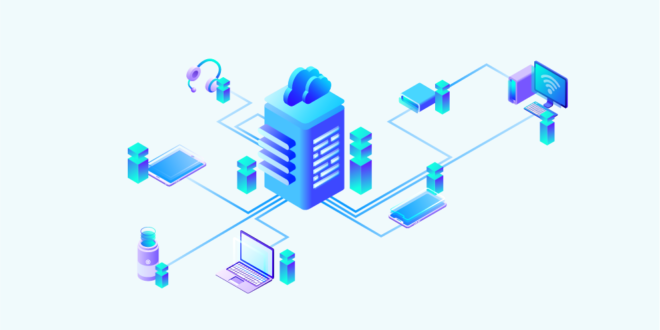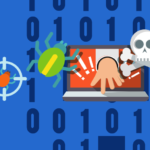Tags Artificial Intelligence Cybersecurity
The interaction of technologies (i.e. the “internet of things”) is already actively happening, and the results look very interesting. Even in the case of people’s everyday lives, the prospects are enormous. For example, imagine how a “trained” network can not only automatically control devices in your home but can also act as a virtual assistant and complete some of life’s daily tasks for you. As everything from our microwaves and refrigerators become connected, the question arises: what will cybersecurity look like in this uber-connected world?
Most of us are familiar with using basic cyber hygiene (e.g. using a strong password and multi-factor authentication) to protect our sensitive data on our computers and phones. But as more devices become connected, they will also become points of entry for cybercriminals. It is likely in the future that your microwave or refrigerator could be a gap that leads to cybercriminals getting access to your most important and guarded information. Moreover, the typical antivirus is no longer enough to protect us. We are seeing this in ransomware attacks that infect a machine before an antivirus can be updated. Existing solutions no longer tackle the problems we face head on, instead they try to react after something bad has happened. An integrated solution is needed, one which allows us to reliably protect data by using both antiviruses and backup data in real time. This will ensure both the timely detection of a threat and the prevention of data destruction or damage. It is likely that the idea of a microwave antivirus and backup will become a part of everyday life in the near future – just as the idea of protecting our computers and mobile devices is today.
 BFC Bulletins Monthly News Digest
BFC Bulletins Monthly News Digest




